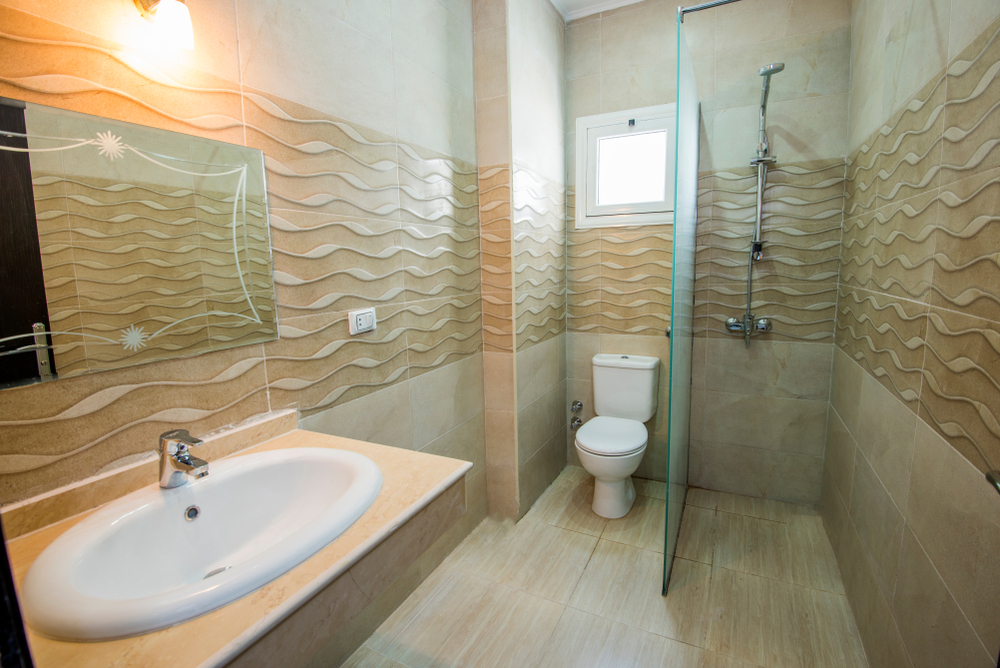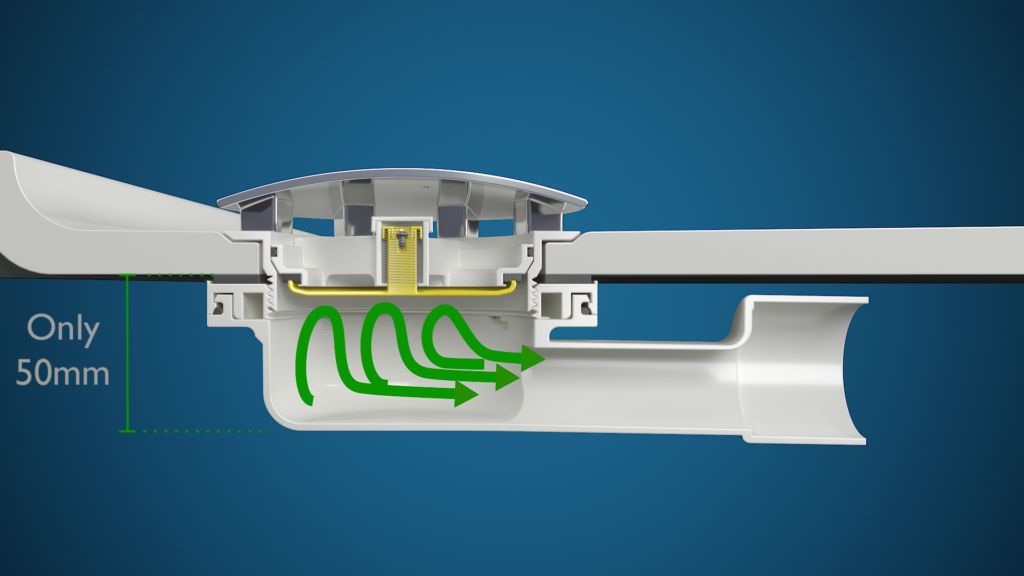
Shower traps are an essential part of any efficient shower and wetroom plumbing system. They greatly improve your shower experience by trapping hair and dirt and preventing foul odours, gases, and even pests from entering the bathroom via the wastewater pipe.
You’ll find shower traps in every bathroom and wetroom as well as in bathtubs, sinks, and other drainage fixtures. But what is a shower trap, and how does a shower trap work? You’re about to find out.
What is a Shower Trap?
A shower trap – also known as a shower waste – is a vital component in any bathroom or wetroom. As the name suggests, shower traps effectively ‘trap’ hair, dirt, and other debris before they wash down the drain and clog up your plumbing. At the same time, a shower trap also prevents nasty odours from rising up through your drain and into your bathroom.
The main purpose of a shower trap is to connect a shower or wetroom to the waste pipes. With a shower trap in place, water can easily drain away, there’s no risk of an overflow, and you can get maximum enjoyment from your shower or wetroom.
If you don’t have a shower trap, water can’t drain properly and flow freely into sewage systems. As a result, your bathroom or wetroom could experience leaks, damage, a build-up of dirty water, and develop a nasty smell. Not only are shower traps important for maintaining hygiene, but they also ensure your plumbing system remains in full working order, so you don’t have to carry out costly and avoidable repairs.
How Does a Shower Trap Work in a Bathroom or Wetroom?
For your shower or wetroom to function properly, you’ll need to install a shower trap as part of your drainage system. A shower trap is generally hidden under the floor where it’s connected to the underside of the shower tray. It fulfils the same purpose as the trap in your bathroom or kitchen sink by catching any hair, dirt, and other materials so that water can flow away quickly and easily, without any overflow, and nasty odours can’t filter back into the room.
Why is this important? Without a shower trap, wastewater can’t drain properly, and over time this is likely to cause leaks and damage in your bathroom or wetroom, not to mention a build-up of foul smells.
So how does a shower trap work in practice? It depends on what design of shower trap you have. For instance, some shower traps work by trapping water in the drain and then releasing it slowly. As well as preventing blockages and unwanted odours, this also ensures that even when the shower is left unused, the trap will not dry out and bad smells cannot enter the room.
On the other hand, some shower traps are waterless and feature a self-sealing mechanism that keeps the trap sealed when not in use. This also means that when a shower is unused the trap won’t dry out and smells can’t back up into your bathroom or wetroom.
What’s more, when wastewater enters a shower drain it creates a vacuum that can slow down the flow of water. Therefore, air vents are introduced so water can move freely and continuously through the shower drain and into the sewage system.
Additionally, shower bases are also installed with a slight gradient so that gravity pushes wastewater toward the plug or drainage hole, eliminating pooling and a build-up of soapy water that could result in slips and injuries.
What are the Different Types of Shower Traps?

Shower traps come in a variety of designs and applications. Some consist of a U-shaped pipe or fitting that holds a small amount of water that creates a barrier that blocks nasty odours and sewer gasses from backing up into the bathroom or wetroom.
Similarly, S-shaped traps are also popular, and the key differences between these shower drain components are the water flow rate and width of the shower tray.
However, waterless traps like the shallow Lo-Seal trap have a unique waterless system and use cutting-edge technology to perform the same function as other shower traps. Waterless shower traps are just one part of a larger linear screed drain solution for use in wetrooms with screed depths of 70mm or less. They are an ideal solution for wetrooms with shallow drainage systems as they meet strict building regulations and deliver the necessary waste tolerances.
How Do You Clean a Shower Trap?
To keep your shower trap working efficiently and free from hair and dirt you’ll need to clean it properly. For that, you’ll need to remove the shower or wetroom drain cover and get to work.
In most cases, gaining access to a shower trap is relatively straightforward, and all you need is a screwdriver, a cloth, and some cleaning products. Just unscrew the drain cover or prise it off with a screwdriver then separate the shower trap from the cover itself. Then, take the shower trap, place the parts in a bucket of warm, and rinse until clean. You can also go a step further by spraying the shower trap with a mixture of water and vinegar before wiping clean with a cloth.
When you’re satisfied your shower trap is clean and free from dirt, hair, and grime, simply reverse the process, put it back together, and screw back into place. Regularly maintaining your shower trap will ensure it remains in good working order for optimal drainage and that your shower or wetroom is fully functional.
Unsure Which Shower Trap Best Suits Your Bathroom or Wetroom Needs?
At CCL Wetrooms, we have many years of experience in providing comprehensive bathroom and wetroom solutions for a wide range of floor structures. From shower traps to waterproofing membranes, we’re a one-stop-shop for all your bathroom and wetroom needs. Contact us today.









